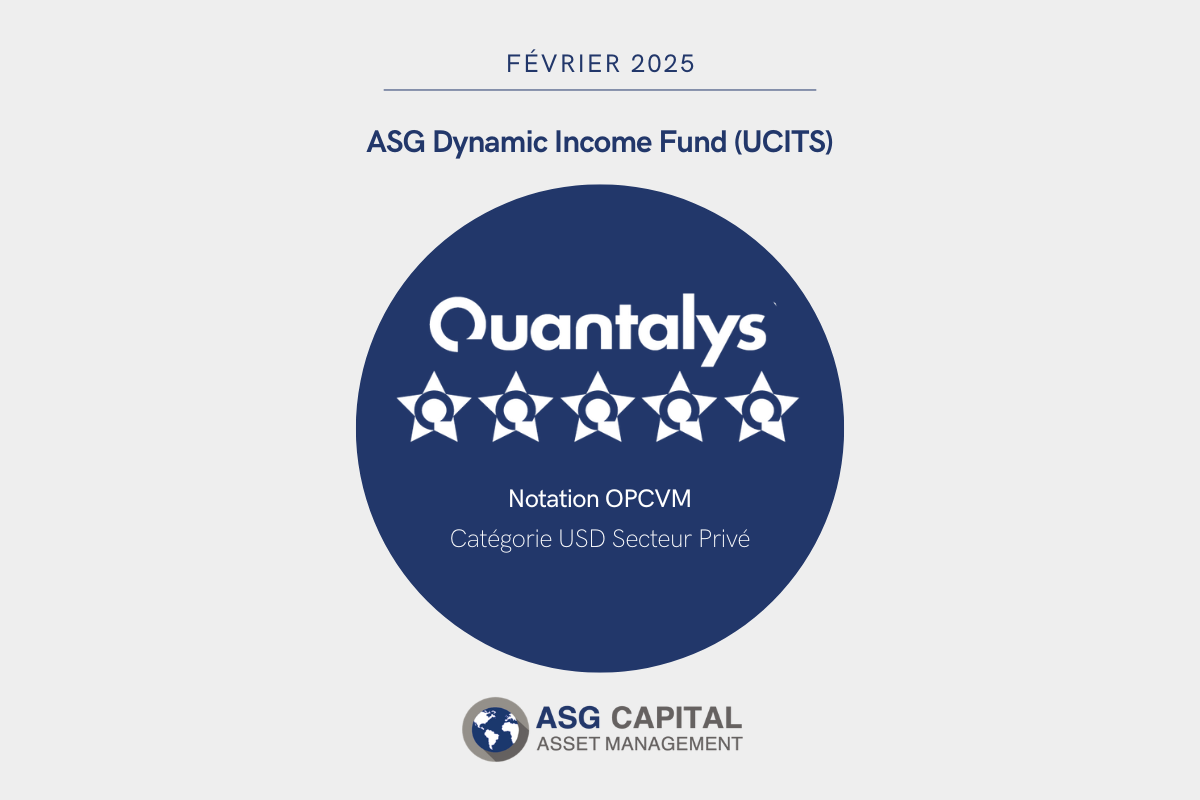The Fed.’s Narrative
The use of the term ‘temporary inflation’ put forward by the Federal Reserve (the Fed.) is an oxymoron. Inflation (better known as currency debasement) has accompanied mankind for centuries (see ancient Coin clipping). It is sometimes overwhelming, sometimes subdued and may go into reverse (this is called deflation). The choice of this narrative does not help us understand precisely what the Fed. is really focused on.
Inflation
Since the end of the gold standard in the 1970’s, inflation has been with us year in year out. During this time, it has been more or less significant. As a reminder, 100,000USD in 1971 under Mr Nixon does not have the same purchasing power today under Mr Biden. Welcome to a fiat currency system….
Inflation could be defined as a continuing rise in the prices of goods and services. One can see from this definition that ‘continuing’ cannot be temporary. Generally different indices are used to evaluate inflation: CPI, PPI, Core, Non Core to name but a few. (Components of these same indices have been modified in the last 40years thereby polluting any historical comparison).
With these vagaries as a backdrop, an inflation analysis really requires a wider view than just looking at the change in the prices of goods and services. One should account for price changes in raw materials, labor, transportation, tangible or non-tangible assets, etc…. This can be extended to currency movements and inflation in other parts of the world with their impact on import costs. Together, they give a sense of what is happening as well as the sustainability of any inflationary change over time.
Temporary
It is difficult to define what ‘temporary’ means to 108year old institution, such as the Fed.. Are we talking about 4months or 4years or something else? Many are perplexed. When pushed on the subject, Fed. officials themselves are not forthcoming. To try to make sense of this concept, ‘temporary’ can be considered in the light of the driving short-term and long-term forces behind inflation.
In the short-term bucket, one could include supply chain disruptions and stimulus checks for example. These were and are exceptional, a consequence of the on-going sanitary crisis. (If lockdowns were reintroduced and stimulus packages became a recurring feature, one could argue their ‘temporary’ nature, to which the Fed. Chairman refers to, would no longer apply.)
In the long-term bucket, one could include demographics, the burden of servicing existing debt, access and availability of new credit, technological changes, and open international trade. One could add the ‘just in time’ supply chains facing an environmentally driven economic reorganization, over abundant liquidity artificially driving up commodity prices, and the wealth effect of highly valued financial and property assets….
Through this list, we can see many moving parts, some driving in opposite directions. Based on this observation, how much of what the Fed. considers to be temporary is part of the present day inflation print? When do they expect this temporary influence to start to dissipate? The Fed. Chairman, Mr Powell, has great difficulty in articulating his thought process on this matter.
If US central bankers are unclear in what is meant by ‘temporary inflation’, these words give them latitude to adjust their narrative as they go along. An example of this is the recent comment pointing to inflation being not so ‘temporary’. As a result, certain officials have started to talk about an imminent ‘tapering’ of their asset purchases.
O Taper! My Taper!
Mr Powell stated tapering of their asset purchases was a prerequisite before increasing interest rates. Otherwise, he argued, it would be like having a foot on the accelerator and on the brake at the same time.
Going down the tapering rabbit hole, two dates have been put forward by officials: Q4 2021 and S2 2022. The problem with these dates is: which one is it? Having already put in place a tapering operation before, the Fed. knows this kind of adjustment has to be progressive to avoid destabilizing financial markets. It could take them 2 years or more to fully taper, which could push back any interest rate increase beyond 2023.
Any tapering policy will also have to account for the growing future funding needs of the Federal Government, once their TGA account has been exhausted.
The quantity of debt created to pay for the Covid crisis has been historic. Only one balance sheet can be responsive enough to cover any government-funding shortfall, it is the Fed. It is difficult to square how the US Central Bank could taper aggressively, to address ‘inflationary pressures’ for example, keep financial markets steady and fully fund its own sovereign, all at the same time.
Even if tapering were to be on the cards sooner rather than later, it is likely to be a slow moving operation, which may be halted and reversed at the first sign of trouble in financial markets. This has happened in the past and mostly likely will happen again in the future. As a follow on to tapering, interest rate increases would then take longer to be implemented.
Upper limit to interest rates
The quantity of debt worldwide has reached epic proportions. As a result, two issues need to be considered: the capacity for private borrowers to 1. service their debt with low interest payments and 2. to refinance their debt. This assumes a reasonable cost of money and an abundance of liquidity through fully operational capital markets.
If interest rates were to rise too high, liquidity could seek refuge in Treasuries for example, away from the rising credit risk of the private sector. Capital markets could then become dysfunctional, a scenario the Fed. wishes to avoid.
Conclusion
‘Temporary Inflation’ seems to be just a ‘hot air’ contribution to global warming. It is not defined or detailed. There is no monetary policy action outlined for this or that scenario. It is a concept vague enough to allow the Fed.’s to adjust its narrative as it goes along.
The key lies not in these words, but in the real policy changes implemented. Tapering may be on the cards to address the inflationary fears of certain financiers, but rolling out this policy will be tricky to manage. Most probably, it will need more time than expected.
One final thought. Financial stability requires stable markets over the short-term, and a capacity to manage the nation’s stock of debt over the long-term. A traditional tool to achieve this has been through negative real interest rates. To sustain such a policy, it seems necessary for the financial authorities to have some inflation to play with even over the long run…



